We know a good night’s sleep is important for our overall health. Without sleep, our emotional and physical well-being decline. There’s evidence that cannabis can help with sleep.
If things are going well, we spend 1/3 of our day at rest, but when we’re overly busy or unable to unwind, that amount can be much less. There are a variety of factors that interfere with good sleep: an overactive mind, too much light, our electronic devices, caffeine, alcohol, noise, overstimulation and physical issues like pain. If you’re reading this blog, you probably have struggled with good sleep.
In Michigan, cannabis can’t be prescribed for sleep specifically, so while you might use cannabis for your pain or another issue, it could help with sleep, too.
We have to preface this blog with this: there hasn’t been enough research on cannabis on sleep. Because cannabis is federally illegal—the institutions that conduct sleep research can’t do that work because of federal funding. Please discuss your cannabis use with your physician, too. This blog is for information only.
If you want to try cannabis to help with sleep issues you need to first focus on your sleep hygiene. Some traits of good sleep hygiene are mentioned 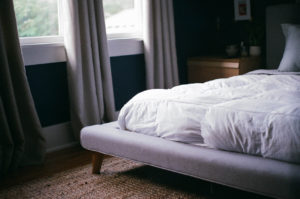 above and theoretically, they should help you sleep. If you’re like 30 percent of all Americans and you’re still sleepless, that’s when you probably have turned to sleep medications or herbal supplements. About 4 percent of all American take a prescription sleep aid and those pills have side effects and issues with overuse, as well as rebound insomnia when discontinued. Plant-based medicines tend to be gentler and don’t have the same harsh side effects of synthetic drugs.
above and theoretically, they should help you sleep. If you’re like 30 percent of all Americans and you’re still sleepless, that’s when you probably have turned to sleep medications or herbal supplements. About 4 percent of all American take a prescription sleep aid and those pills have side effects and issues with overuse, as well as rebound insomnia when discontinued. Plant-based medicines tend to be gentler and don’t have the same harsh side effects of synthetic drugs.
Cannabis For Sleep 101.
There are three properties of cannabis that are involved in improving sleep: THC, CBD and terpenes. THC is the psychoactive ingredient in cannabis; CBD is non-psychoactive has a calming effect and can be used to counter THC in cannabis and terpenes are the part of cannabis that gives it a distinctive smell like pine, lemon or cheese. Aromatherapy is often used to help with sleep, essential oils like lavender are known to help relax people. The terpenes in cannabis can help do the same thing, but you ingest it, rather than smell it. You can learn more about terpenes profiles and strains here. Together THC, CBD and the right terpenes have a relaxing effect that can help induce better sleep.
Finding the Right Dosage is Crucial to Success.
We’re big fans of microdosing cannabis. It’s the best way to find out  what works for you and to avoid some of the after-effects of consuming too much cannabis for sleep. Those effects can include dry mouth, red eyes and feeling groggy in the morning. Start small, one or two puffs if you’re smoking and if you’re using a tincture or an edible—try 5 mg to start and see how it works for you.
what works for you and to avoid some of the after-effects of consuming too much cannabis for sleep. Those effects can include dry mouth, red eyes and feeling groggy in the morning. Start small, one or two puffs if you’re smoking and if you’re using a tincture or an edible—try 5 mg to start and see how it works for you.
What’s the Right Strain?
There’s a lot of talk about sativa or indica and whether a strain really matters. In the case of choosing cannabis for sleep doing some research about strains will help you determine whether what you consume will help relax you or make your sleep issues worse. Leafly has a great strain guide and your caregiver or budtender should be able to give you some direction, too. Keep in mind, indica tends to be more relaxing than sativa, and a hybrid for sleep should be indica dominant.
Smoking vs. Edibles.
We tend to favor edibles for sleep only because of their long-lasting power. While an edible will take longer to take effect, it stays with you longer, too. You’ll want to consume your edible about 90 minutes before you hit the bed so the relaxing properties are working. If you choose to smoke, you can do that right before you brush your teeth and hop between the sheets and don’t smoke in bed!
It Might Help with Sleep Apnea.
Sleep apnea is a condition where the sleeper has frequent obstructions of breathing that can last from a few seconds to several minutes. Sleep apnea causes a person to wake up throughout the night and disturbs the sleep cycle. Some people stop breathing up to 30 times in an hour. People with sleep apnea are prone to headaches, daytime drowsiness and irritability. There has been limited research on using cannabis to help with sleep apnea—a small study with 17 people showed promise, but it’s not enough participants to give us faith in its result. What researchers are learning, though, is that THC can help restore breathing stability with serotonin signals to the brain.
Love Your Dreams?
You Might Miss Them if You’re Trying Cannabis for Sleep.
 One of the biggest complaints people have about using cannabis for sleep is that interferes with dreams. Dreams happen in the REM cycle of sleep, which is the last cycle of sleep during the night and we know cannabis interferes with that process. Cannabis that is high in CBD and lower in THC might help restore some of your REM dream sleep and help you relax more.
One of the biggest complaints people have about using cannabis for sleep is that interferes with dreams. Dreams happen in the REM cycle of sleep, which is the last cycle of sleep during the night and we know cannabis interferes with that process. Cannabis that is high in CBD and lower in THC might help restore some of your REM dream sleep and help you relax more.
If you’ve had trouble sleeping in the past, then you know that experimentation is key to getting it right and cannabis for sleep is much the same.
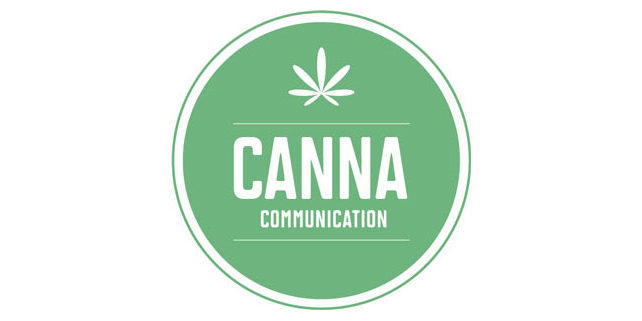

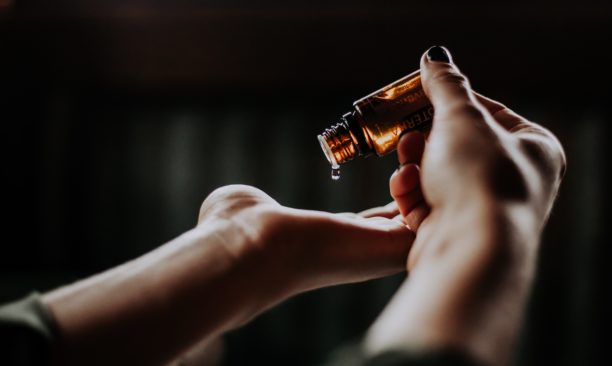
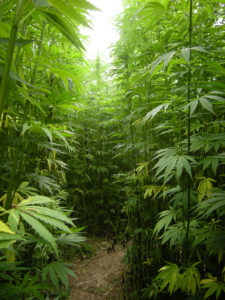 CBD comes from two sources, both in a cannabis sativa plant. The male cannabis sativa is also known as hemp. Hemp isn’t psychoactive. You can’t smoke or ingest hemp and get high. While both marijuana and hemp contain CBD, the CBD purchased from public shops and online is from hemp. If you’re feeling wronged—hold on! There isn’t much difference between
CBD comes from two sources, both in a cannabis sativa plant. The male cannabis sativa is also known as hemp. Hemp isn’t psychoactive. You can’t smoke or ingest hemp and get high. While both marijuana and hemp contain CBD, the CBD purchased from public shops and online is from hemp. If you’re feeling wronged—hold on! There isn’t much difference between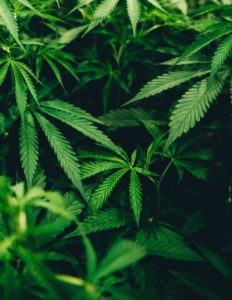 Unlike other parts of the human body that have been researched since the time of early medicine, the link between THC and the endocannabinoid system was only discovered in 1964 by Israeli pharmacologist-researcher
Unlike other parts of the human body that have been researched since the time of early medicine, the link between THC and the endocannabinoid system was only discovered in 1964 by Israeli pharmacologist-researcher